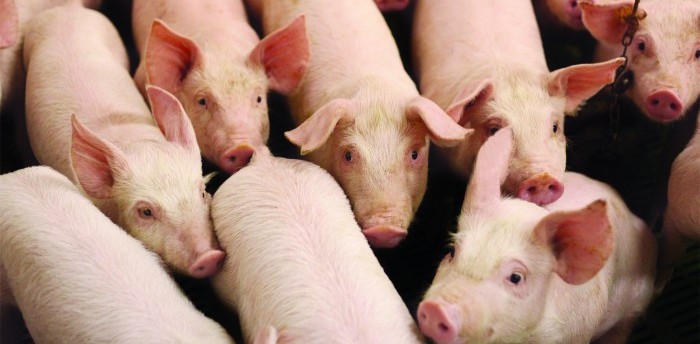AHDB’s accelerated ammonia monitoring trial shows that the British pig industry is successfully reducing ammonia emissions, saving producers an estimated £15.3m, the levy body said.
The results, which have been welcomed by the Environment Agency (EA), finally enable the industry to firmly demonstrate compliance and best practice, saving them from environmental mitigation costs, AHDB said.
If pig producers cannot prove they are meeting the Best Available Technique (BAT) Associated Emission Levels (AELs), they are required to pay mitigation costs. AHDB said its trial provides that proof and allows for updates in regulating the sector through accurate annual pollution inventory reporting and future habitat risk assessments.
The trial provided a comprehensive study of ammonia emissions from different pig production systems, improved the industry’s understanding of emissions from the pork sector and demonstrated the reduction in emissions.
The EA has used the results, along with previous monitoring trials and older National Atmospheric Emissions Inventory (NAEI) data, to inform draft emission factors which will be published later this year. These new emission factors demonstrated that UK pig housing is fully compliant with the BAT AELs and shows a decrease in the quantity of ammonia emitted from English commercial pig housing.
Zanita Markham, AHDB Knowledge Transfer Manager, said: “We are delighted to be able to present the most comprehensive and recent study of its kind. It demonstrates compliance on all housing types, which is to the industry’s credit. Importantly, it also sets a benchmark against which we can measure further reductions in emissions in the future.”
The trial aimed to establish eight new ammonia emission factors for a specific and representative range of pig housing types. The results not only provide these, but also demonstrate that farmers have decreased ammonia emissions since the historic data was first published, she added, thanking all the farmers who participated in the study.
Until this trial, the EA used emission factors based on NAEI data. However, not all these figures met the BAT AELs for pig housing. Natural England also uses the emission factors as part of planning applications. The report and findings are available for Defra to use for annual reporting for international air quality obligations.
A spokesperson from the EA said: “We are really pleased to have worked with AHDB to provide evidence that will continue to support permitting decisions for the industry for many years to come.”
More details about the results and implications of the study can be found at ahdb.org.uk/knowledge-library/
- Producers with questions can get in touch with Zanita Markham: zanita.markham@ahdb.org.uk




